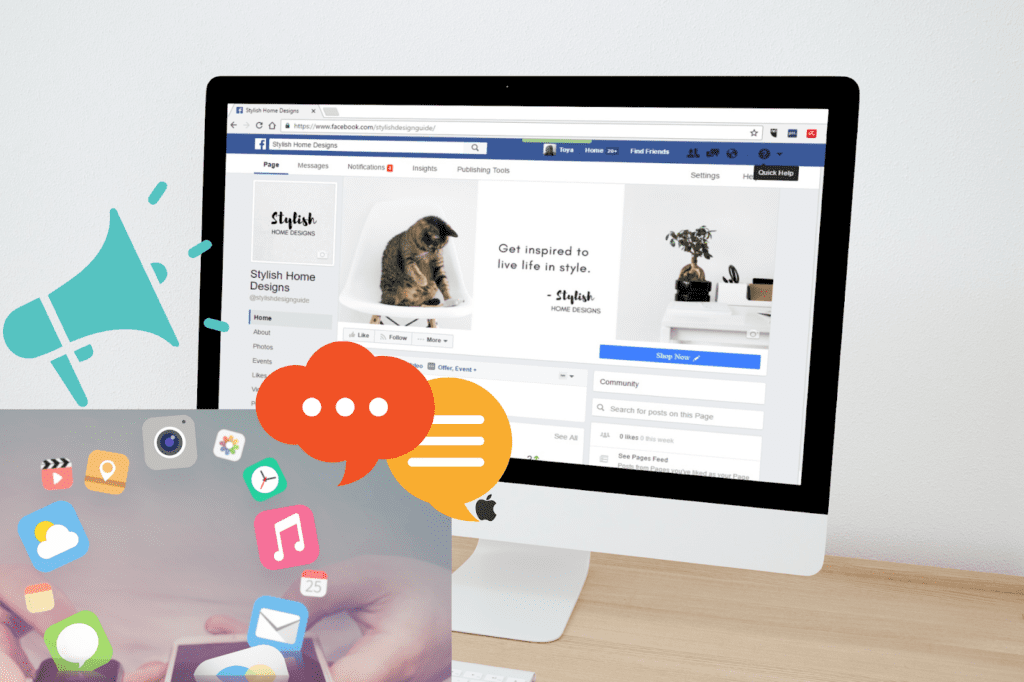Introduction to Visual Communication Design
Visual communication design communicates messages through visual elements like images, illustrations, logos, and other graphic materials. It is a form of communication in both digital and print media. Visual communication design aims to create a compelling and appealing message that resonates with its intended audience. Graphic communication design combines elements such as
- typography,
- illustration,
- photography,
- animation, and
- layout
for a visual representation of ideas or concepts. It requires an understanding of the psychology of color, composition principles, and the ability to communicate ideas in a visually engaging way.
Benefits of a Career in Visual Communication Design
Suppose you’re looking for a way to express your creativity while making a living; it is the perfect fit for you. Some of the benefits of pursuing Communication Design:
- The opportunity to use your creative skills to create beautiful visuals.
- Work with clients from different industries.
- Gain valuable experience in working with other technologies and software.
- Stay up-to-date with the latest trends.
- Earn an attractive salary.
Qualifications Needed for Visual Communication Design
There are many different qualifications necessary to become a professional in this field. First and foremost, you must have excellent drawing skills and the ability to visualize ideas in two-dimensional or three-dimensional form. You should also be familiar with traditional media such as pencils, markers, paints, and pastels. Furthermore, you should be able to use digital tools such as Adobe Photoshop, Illustrator, InDesign, and other related software programs.
In addition to having artistic abilities, you must also know color theory and typography. Understand the design principles and their application effectively in creating visual messages. It would help if you also understand how colors work together to create an impactful image or message. Aside from these technical skills, you should possess strong problem-solving abilities and excellent communication skills. As a visual communication designer, you must communicate your ideas effectively to achieve the desired result from your design project.
Exploring the Different Types of Visual Communication Design
Whether you’re just starting or looking to become a pro in visual communication design, it’s essential to understand the different types of visual communication design.
- One type of visual communication design is graphic design. Graphic design involves creating visuals that communicate ideas through text and images. This type of visual communication consists in creating logos, advertisements, book covers, websites, posters, and other visuals that communicate a message or idea in an aesthetically pleasing way.
- Another type of visual communication is motion graphics. Motion graphics use animation and video to create visuals that tell stories or convey messages. This visual communication is helpful in commercials, television shows, websites, and other digital platforms. Motion graphics also help in educational purposes, such as creating instructional or explainer videos.
- Illustration is another form of visual communication that uses drawings or images to communicate an idea or message. One can prepare Illustrations using traditional methods such as watercolor, ink, markers, pencils, etc., or digital software such as Adobe Photoshop or Illustrator. Illustrations appear on book or magazine covers, advertisements, and logos.
- Finally, photography uses photographs to communicate ideas or stories visually. Photography captures moments in time but is also valuable for creating abstract visuals that convey a certain mood or emotion. Photographers often use lighting and composition techniques to enhance and make their photos more visually appealing.
Finding the Right Visual Communication Design Course
Aspiring visual communication designers can find many courses to choose from. Many options exist, from online classes and boot camps to traditional college programs. Before enrolling in any course, it’s essential to understand what the program will offer. Some studies may provide a deeper dive into design fundamentals, while others may focus on more specialized topics such as branding or typography.
Research each program thoroughly before making your decision. It’s also important to consider how you learn best and if the course will accommodate that style. If you prefer a hands-on approach, look for a visual communication design course that offers practical assignments and projects rather than lectures and exams. An online course might be better if you’re more comfortable with a self-paced system. Each program’s cost also matters as some can be expensive. It’s crucial to weigh the cost against the potential benefits to determine whether it’s worth investing in education.
Finally, remember the networking opportunities when pursuing a Visual Communication Design course! These courses often include built-in components to connect students with industry professionals, fostering valuable insights in the field. It can prove invaluable in assisting aspiring designers to accelerate their career paths after graduation. With so many options available, it can be challenging to narrow down your choices when looking for a visual communication design course; however, by understanding what each program offers and considering your learning style and goals.
Developing Your Skills as a Visual Communication Designer
Tips for developing your skills as a visual communication designer-
- Learn the Basics: Before becoming an expert in visual communication design, it’s essential to have a strong foundation in the basics. Invest time learning about typography, color theory, composition, and layout principles.
- Practice: The only way to get better at visual communication design is to practice regularly. Try different techniques and styles to find out what works best for you.
- Collaborate: Working with other designers is a great way to learn from each other’s experiences and develop new ideas. Collaborating with others also helps you build relationships with people who can help you further your career.
- Stay Up-to-Date: Technology is constantly changing, so it’s crucial to stay up-to-date on developments in the visual communication design field. Follow industry blogs, attend conferences and workshops, and subscribe to newsletters.
- Seek Critique: Asking for feedback from peers and mentors is invaluable in developing your skills as a visual communication designer. Be open to constructive criticism and use it as an opportunity to grow.
Building a Portfolio of Work
Creating a portfolio of work is essential to becoming a professional in visual communication design. A portfolio showcases your best work and allows people to understand your skills and experience better. Here are some tips for building an impressive portfolio:
- Start by gathering samples of your best work. It may include previous projects, sketches, illustrations, designs, or anything else you’ve created that shows your skills.
- Organize your portfolio into sections. It makes it easier for employers or clients to seek the type of work they want.
- Showcase your range by including different types of projects you’ve completed. It demonstrates that you have a wide range of skills and experience.
- Include information about each project, such as the size, scope, and timeline.
- Please make sure all the images in your portfolio are high-quality and look their best. If necessary, use image editing software to enhance them.
How to Market Yourself as a Visual Communications Designer
Marketing yourself as a visual communications designer is essential to building your career. A portfolio, website, and social media presence that showcases your skills and demonstrates why you are the best choice for clients will help. Here is how you can begin:
- Create an Online Portfolio – An online portfolio is essential for showcasing your work. Use it to highlight your best pieces of work and provide potential employers or clients with examples of what you can do.
- Build a Website: A website lets potential customers know you and your services well. Ensure your website is well-designed and has all the necessary information about you and your services.
- Utilize Social Media – Social media is vital for connecting with potential employers or clients. Use platforms like Twitter, Facebook, Instagram, and LinkedIn to share your work in the industry.
- Network at Events: Networking at events such as conferences or workshops can help make connections in the industry. Attend events related to visual communication design to meet other professionals.
- Create Content – Creating content related to visual communication design can help you showcase your knowledge and expertise. You can create blog posts, videos, presentations, or any other content that will help demonstrate why you are the right choice for clients.



